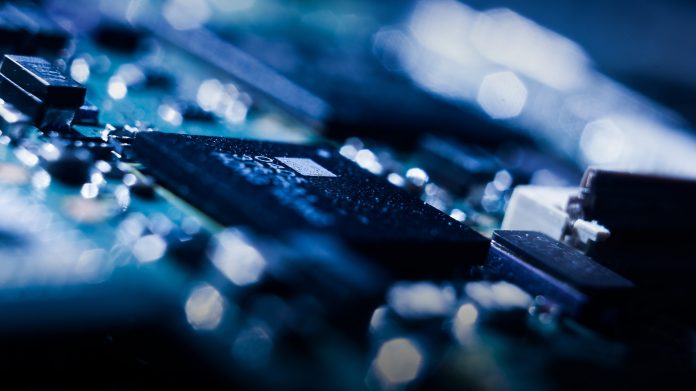Integrated circuits are an important part of your everyday life in many ways. These circuits help you have a home computer more powerful than the room sized behemoths off the past. They also help you keep in touch with family and friends in your cellular phone and give you access to family movie night in your home theater system. Understanding these circuits is the first step in building a better future with a career in innovating new uses and configurations for them.
History
Integrated circuits were invented in 1958 and have been the driving force in the miniaturization of electronics ever since. These circuits replaced vacuum tubes and allowed for the computing power of a room-sized computer to gradually shrink small enough to be hand-held. Because of the miniaturization of electronics, going to the moon, creating the internet and even browsing social media became easier and more affordable. Where it used to take teams of specialists to create and install each component, you can now get the parts you need from silicon wafer suppliers and build your own circuits at home.
Types of Integrated Circuits
You will basically find three types of integrated circuits commonly found in use.
Digital Integrated Circuits – As the name itself should be indicative, they work on the basis of binary mathematics. These ICs normally are found in areas where you are looking for the logical calculations are employed.
Analog Integrated Circuits – Unlike the digital ICs which process signal intermittently, the analog ICs tend to do it rather easily. These ae widely found in applications like modulation and demodulation, sensors and amplifiers.
Mixed Signal Integrated Circuits –There are occasions where both analog and digital Integrated circuits are employed on a single chip. Such ICs depend upon the multiplesignals and thus can be the right option where you expect a multiple functionality. You will find them being used in areas like AD or DA converters, potentiometers and similar other devices where you would need both digital and analog signals.
Uses
Some uses for circuits can handle a simple printed one such as basic televisions and some wearable electronics such as light up clothing. Other uses need integrated circuits to handle the complexity of the computations. The difference is largely in the silicon wafers which can be etched with the necessary design and cut into chips. These chips can be plugged into printed circuit boards along with other components for the desired effect. Because the silicon chips are so small with the same amount of information that larger units have, you can get smaller and faster circuits for bigger computing tasks.
Using integrated circuits to build your own electronics, or to innovate new ones for business, is standard practice to the point where you may not realize all of the items you own which rely on silicon chips for computing power. These tiny pieces of silicon are etched so that specific impurities form designs on them and turn them into integral parts of computers, cellular phones and much more.

